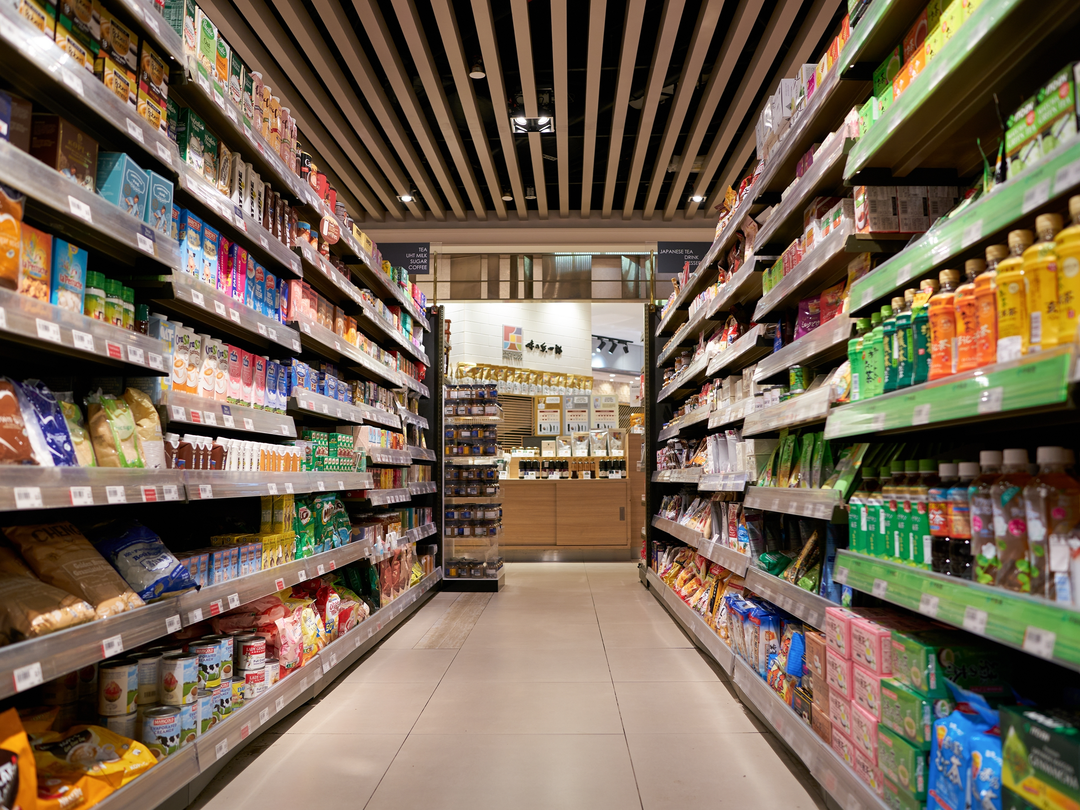Lorem ipsum dolor sit amet, consectetur adipiscing elit Lorem ipsum dolor sit amet, consectetur adipiscing elit
Latest news from Packaging Innovations & Empack
The packaging industry in 2034: A snapshot of transformation

By 2034, the packaging sector is expected to undergo a fundamental transformation driven by sustainability, regulation, digital innovation, and material evolution.
Sustainability & circular economy
Research from Leeds Beckett University, in collaboration with FMCG leaders, reveals that the industry will deeply integrate circular economy principles – focusing on waste elimination, reuse, and resource regeneration. These shifts align with broader global efforts to build closed-loop systems.
Rapid market growth & material shifts
Industry analysis forecasts the global packaging market will reach nearly USD 1.8 trillion by 2034, growing at a 3.9 % CAGR. Fibre-based packaging leads current consumption (~40%), followed by plastic (~37%), metal (~12%), and glass (~5%). The fastest-growing materials will include moulded pulp and board, driven by renewability and low recycling fees.
Regulatory pressure & policy evolution
The EU’s Packaging and Packaging Waste Regulation (PPWR) is set to mandate recyclability, recycled content, and reuse targets – amid single‑use plastic bans and deposit return schemes. France’s anti‑waste law also backs this move, aiming to eliminate single-use plastics entirely by 2040.
Rise of digitalisation & smart packaging
Packaging will leverage AI, big data, blockchain, NFC, QR codes, and sensors to track product provenance, ensure freshness, and deliver personalised consumer interactions.
Automation & operational efficiency
End‑of‑line automation – including robotic carton erectors, wrappers, and sealers – will become commonplace as demand and labour costs rise.
These systems will help firms boost productivity and consistency.
Material trends: Towards cleaner, recyclable formats
Plastic packaging remains significant, but there will be a strong shift toward recycled and recyclable formats; flexible plastics retain popularity thanks to performance and cost, yet fibre-based and moulded pulp options will grow fastest. Europe’s sustainable packaging market may more than double – from ~USD 80 bn in 2025 to ~USD 160 bn in 2034 – at an 8.2 % CAGR.
Policy-driven redesign & producer responsibility
Directives like the EU’s Single-Use Plastics Directive (EU 2019/904) require all packaging to be recyclable by 2030, with bans on particularly problematic items. Producer responsibility schemes and eco-design standards (e.g. ISO 186xx) will enforce longevity, ease of disassembly, and recyclability.
Consumer-driven change & market readiness
Consumers will demand greener packaging, informed by educational campaigns and stronger regulatory frameworks. Brands that invest in sustainable innovation – like biodegradable materials, smart packs, or refill loops – will gain market advantage as circular economy models gain scale .
In short, by 2034 the packaging industry will balance strategic growth with ecological responsibility – supported by regulation, enabled by technology, and shaped by consumer expectations. Companies embracing circular design, advanced materials, AI, automation, and compliance will lead the pack.
Explore the companies leading the way at Empack 2026 where you can check out the latest in packaging machinery and move towards a circular economy.
Share this article

Lorem ipsum dolor sit amet, consectetur adipiscing elit Lorem ipsum dolor sit amet, consectetur adipiscing elit
Latest news from Packaging Innovations & Empack
Lorem ipsum dolor sit amet, consectetur adipiscing elit. Ut elit tellus, luctus nec ullamcorper mattis, pulvinar dapibus leo.



